FINDING THE RIGHT SHOE to wear for your first marathon can be tough. But with a market full of high-tech options and styles of sneakers for just about every use case, finding the go-to shoe for your first split of marathon training can be as much of a slog as running all of those miles.
Take carbon plate shoes, for instance. Currently the darling of the road racing world, this type of sneaker uses a combination of super responsive foam and a stiff plate (typically made of carbon fiber, hence the name) in order to propel the wearer forward with each stride and improve running economy (essentially how efficiently you use energy on each stride). Racers love the shoes because of the springy feel and supposed speed boost, and studies (and race results) suggest there is an advantage to be gained over non-plated shoes.
This brings me to New Balance FuelCell SuperComp Trainer. This new pair of running shoes from New Balance is designed not for the big race day, but for all of the training miles you’ll need to accumulate to be ready to take on the full 26.2 of a marathon race.
The shoe design integrates carbon-plate tech and a ridiculously high stack of ultra-responsive foam. I’ve been wearing the shoes to train for my first ever marathon in New York City later this year, and I’ve loved just about every step of the process.
The FuelCell SuperComp Trainer Looks (and Feels) Great on the Road
I have to admit, New Balance has shifted the expectations I had about what a training shoe should look like. At first glance, the kicks appear über tall—I mean how much cushion is too much? After wearing the SC Trainer, I don’t know if there is a limit.
The sky-high foam stack actually comes out to 47mm of New Balance’ single density FuelCell foam. For anyone who is not in the know about the competitive running world, that height exceeds the World Athletics 40mm stack height limits for a race-day shoe, which were put into place in the early days of the carbon plate/super foam revolution in 2020. All that is to say that you won’t be finding these shoes on the feet of any of this fall’s marathon winners, and they’re expressly overstuffed in relation to the actual race day options.
This shoe also includes New Balance’s new Energy Arc carbon fiber plate, sandwiched between two layers of the FuelCell cushioning. Flipping the shoe over you notice the “Energy Arc” curved carbon plate visible through the deep mid-sole chasm.
For the everyday runner, this high stack design quirk likely won’t mean much outside of getting used to the elevated height once the kicks are on feet, then enjoying the cushion it provides. Standing in the shoe, it does not have a noticeably higher feel. Through some sort of technological wizardry, you still get a great feel of the road, and extra-cushioned support. It feels like this design decision was made to appeal to this demo: Those of us wanting to push our daily limits and redefine what a personal PR can be.
How the New Balance FuelCell SuperComp Trainer Felt on My Runs
Right out of the box the bright green color seemed to scream let’s hit the road. With very little break in time, I aimed to do just that. The lightweight knit upper breathes great and barely feels like it’s constraining your feet. My only criticism is with the tongue, which is a bit thin and provides minimal protection for the top of your foot. I initially found myself tying these shoes too tight, and feeling the tongue rub across the top of my foot on longer runs. This was easily remedied with a looser tie.
With a midsole this tall, twisting an ankle on a turn becomes a concern. I wondered how stable will I feel when my legs are tired. Well I have great news: The New Balance FuelCell SuperComp Trainer corners great and feels stable. The constant back and forth on sidewalks to avoid walkers, and tight turns throughout my neighborhood all felt controlled and supported. New Balance has to figure out how to use the thick walls of foam on each side to give support and firmness with every stride. Which only added to my wanting to keep running.
That said, on my shorter runs I can’t report any noticeable benefits not present in a solid, everyday trainer. The shoe felt like any other running shoe, both comfortable and supportive. More often, I found myself swapping in non-plated shoes for my shorter runs and putting in the time to build up my foot muscles from a mixed running schedule (more on that in a moment).
For me, the benefits of the carbon plate and underfoot technology kicked in as the miles stacked up. I really fell for these shoes around mile 10 and beyond. That is usually the point on my long runs that I notice how heavy my legs have become, and the temptation to quit begins creeping into my mind. But when I was running in the New Balance FuelCell SuperComp Trainer, I blew past that sticking point with plenty of pep in my step. I found myself still feeling energized as I pushed past mile 12 and 13, the point at which I usually feel like my legs have doubled in weight.
On these longer runs, I also noticed the propulsion; a feeling like I was being led into each step—and then the one after it. I kept a Mile-Five energy level through much of these runs. And as a first time Marathon trainee, those long run miles begin to add up. I was glad to look forward to the weekly long run instead of dreading it.
Should You Wear Carbon Plate Shoes for Training?
There is one important factor to mention when discussing carbon plate trainers, however. While I’ve loved the bouncy, propulsive ride of the FuelCell SuperComp Trainer, not everyone in the running community might view them as the ideal option for a training shoe. There’s a school of thought that you’re not supposed to log pre-race miles in a carbon plated shoe. Sure, you can use the super shoes on race day, they’ll say, but don’t rely on the carbon plate to power you through everyday workouts. Save the plate for the competition, and only use it sparingly to get used to your stride ahead of the race.
I asked Jeff Dengate, Runner’s World Runner-in-Chief, for his take on this debate. “The short answer is that we don’t have any good research yet on how plated shoes affect us because they’re still relatively new,” he said. So, without definite research telling us that plated shoes might make you a weaker runner, there’s no real reason to not take advantage of the technology to get out there and make the most of your time on the road. But at the same time, you might not want to do 100 percent of your training in them, especially since not every single run needs to be—or should be—as fast as you can possibly go.
I cut a balance between these two extremes. The FuelCell SuperComp Trainer is not the training shoe I lace up for every single training session, in part because I still want to build foot strength and develop my own spring. So I’m aiming to use it on those longer runs where I find my pace is lagging in the later miles—those times when I want to keep the Mile-Five feeling for longer in the run. Every Saturday for the past four weeks, these kicks have helped me stay on track for my marathon training and still feel confident as I add in the extra miles as race day creeps ever closer. The goal is to be ready to make it to the finish line fast, after all.


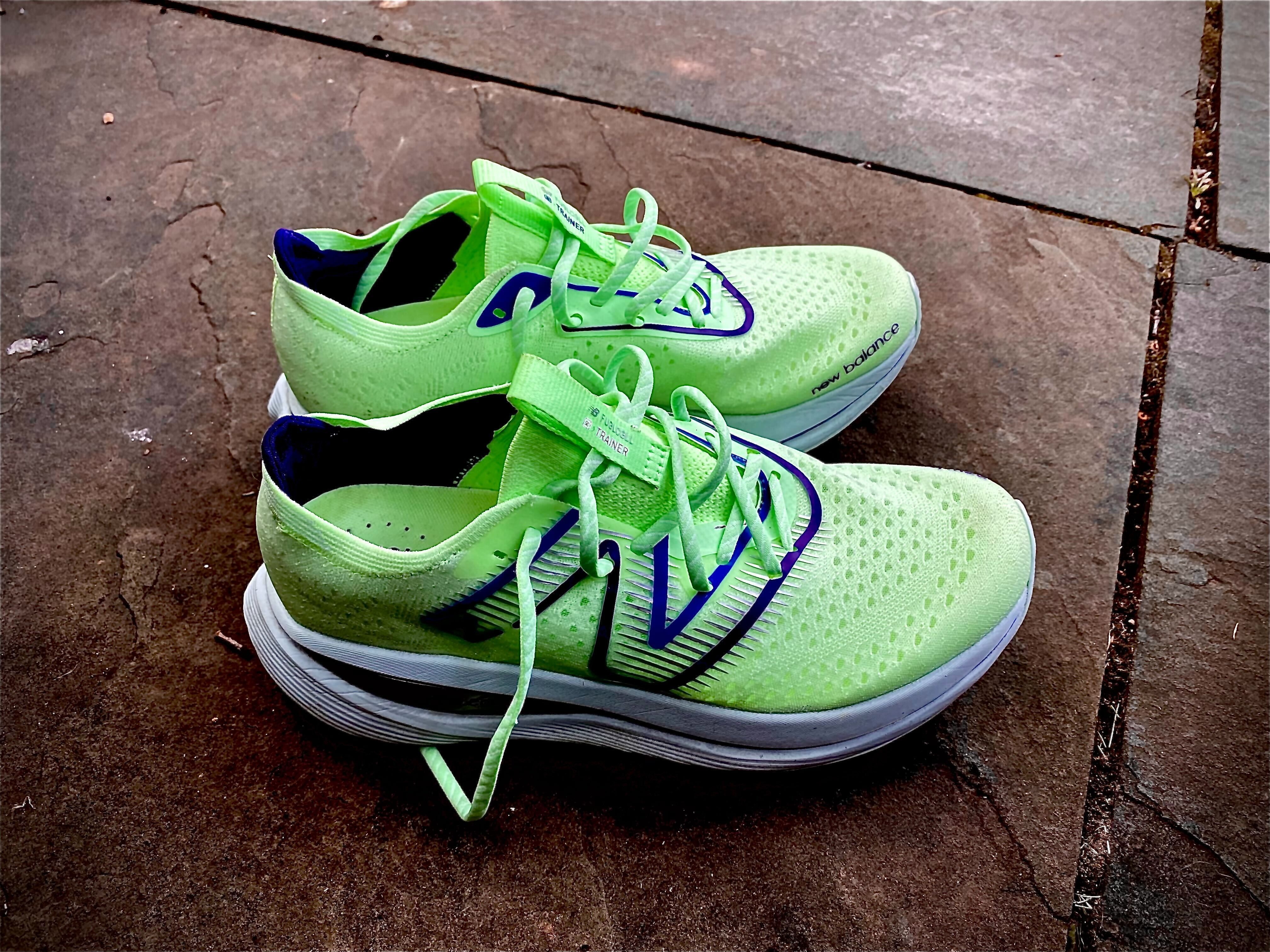
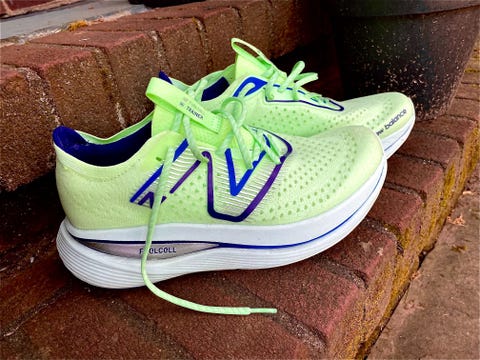
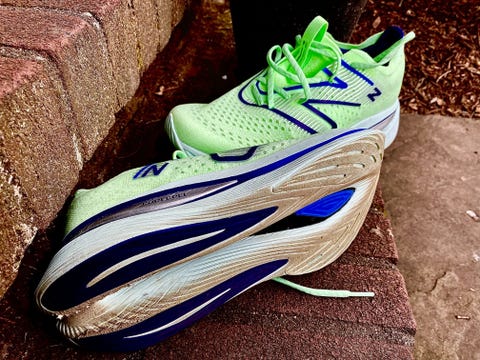
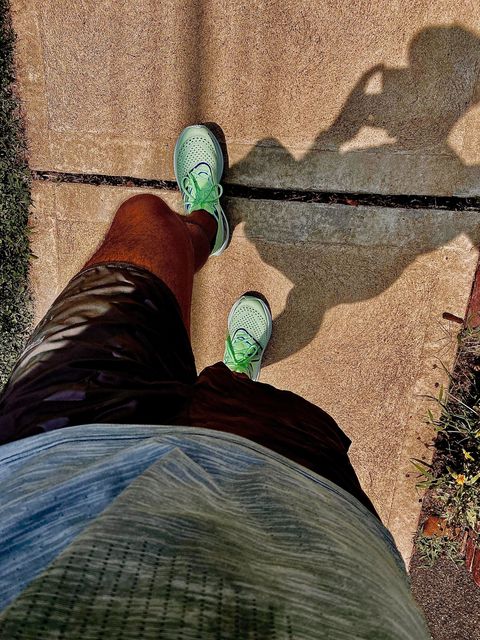
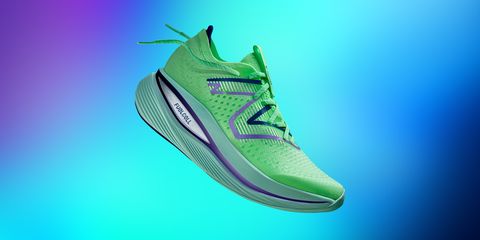
Comments are closed.